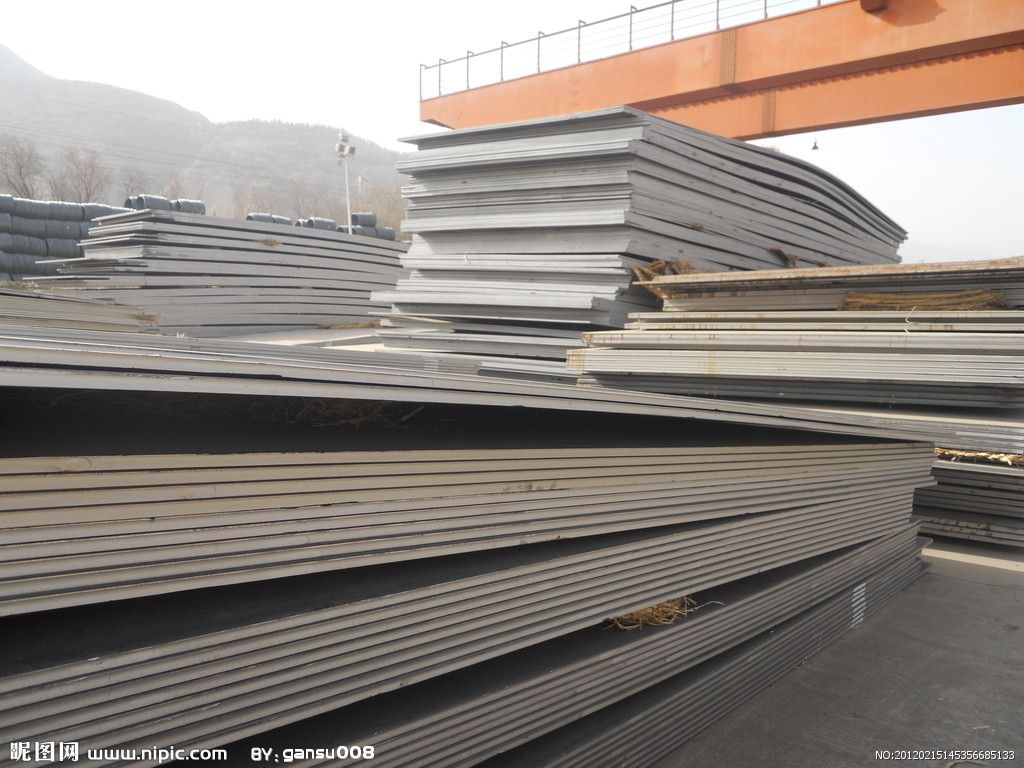Corten A and Corten B are hot rolled productions. To improve the anti-corrosive properties, a few elements, such as Cu, P, Cr, Ni, is often added into the content of Corten Steel.

The corten steels are used for various types of welded, bolted and riveted constructions, such as steel frame structures, bridges, tanks and containers, exhaust systems, vehicles and equipment constructions.
A few elements, such as Cu, P, Cr, Ni, is often added in order to improve the anti-corrosive properties of Corten steel . Corten steel started from North America.
The steel grade Corten is according to ASTE standard, and Corten steels which mainly include
When compared with unalloyed steel, the corten steels have a much higher atmospheric corrosion resistance to various rare environment, for as time passing by, the corten steels can form a protective rust layer which can greatly slow down the process of corrosion.
Its unique look and naturally oxidation make them especially desirable for many architectural projects. Weathering steel, best-known under the trademark of corten, is a group of alloys which were developed to obviate the need for painting, and form a stable rust-like appearance if exposed to the weather for several years. Weathering steel has increased resistance to the atmospheric corrosion when compared to other steels. Corten steels resists the corrosive effects of rain, snow, ice and other meteorological conditions by forging a coat of dark brown oxidation over the metal.
The entire application technology is of great importance for the performance of the products made from corten steel. It must be taken into account that not only general climate conditions but also specific unfavorable local climate conditions in the broadcast sense as well as details of a construction may affect the corrosion behavior of unprotected weathering steel-corten steels. It is recommended that controlling the corrosion progress of corten steels is of great possibility when exposed to severe conditions. A minimum thickness of 5mm is recommended when exposed to the weather in the unprotected condition.



